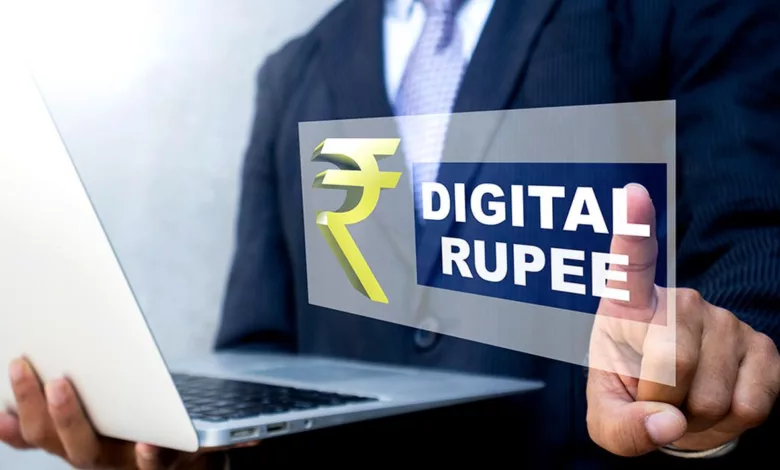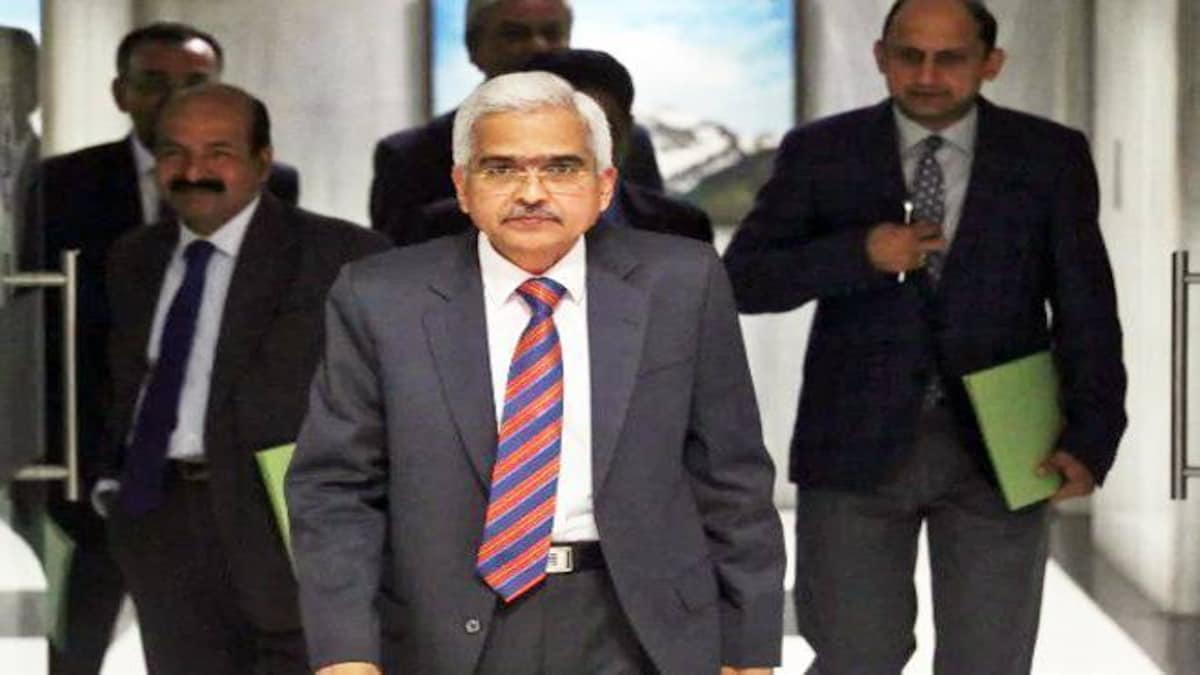E-Rupee Pilot Expanded To 9 New Cities By 5 Other Best Banks
Effortless Digital Transactions: E-Rupee Pilot Widens Reach with 5 Leading Banks Across 9 Cities

In August 2021, the Indian government gave the e-Rupee to millions of Indians who didn’t have access to traditional banking systems. The e-Rupee is a coupon for which the money has already been paid. This means that it can be used right away. It can be used to buy things in fields like health care, education, and government-run programmes. The project was thought up by the Indian government and the State Bank of India (SBI). With the help of five more banks, there are now a total of nine locations in India.
What Is The E-Rupee?
In August 2021, the government of India planned to release a brand-new electronic currency called the e-Rupee. It is a voucher that has already been paid for and can be used to pay for things like health care, college, and government-funded programmes. The e-Rupee is an alternative to the traditional Indian rupee that can be used without cash or contact. It makes it possible for everyone to use digital financial services.
Unlike other virtual currencies, the e-Rupee was made for the many Indians who don’t have bank accounts. Research done by the World Bank shows that more than 190 million people in India don’t have access to standard financial services. The e-Rupee gives these people a chance to take part in the global economy by letting them make digital payments without having to have a traditional bank account.

Expansion Of The E-Rupee Program
The e-Rupee programme is expected to start in August 2021. The State Bank of India will be in charge, but there will be other partners as well. After that, a large number of other financial institutions joined together. Among them were Punjab National Bank, Bank of Baroda, Canara Bank, Indian Bank, and IndusInd Bank. Because of this growth, the service is now available in nine more Indian cities. These cities will be added to a list of cities that are already known, such as Chennai, Mumbai, Delhi, and Hyderabad.
The e-Rupee project is an important step towards India’s goal of making money more useful. By working together with other financial institutions, this programme was able to reach out to more people and make it easier for customers to use digital financial services.
Recent Updates
The Reserve Bank of India announced on Wednesday that five more institutions and nine more districts will be added to the e-rupee pilot programme.
After starting to test the “e-rupee,” the central bank’s digital currency, with eight banks in five places at the beginning of December, the Reserve Bank has said that it will not rush to spread the “e-rupee,” preferring to do so slowly. The Reserve Bank said that testing with regular people will start at the start of December.
At the moment, only 50,000 people and 5,000 businesses can buy CBDC. At the annual post-policy press conference on Wednesday, the deputy governor, T. Rabi Sankar, told the media that eight different banks now offer the service to a small number of customers in five places.
Sankar says that the number of places where the trial programme will take place will go from five to nine. Because most of the comments about the platform have been good.
He (the lieutenant governor) says that the number of transactions is slowly going up and that there are currently about 7.7 million of them.
The RBI put the CBDC into effect on November 1, 2022, for wholesale sales, and on December 1, 2022, for retail sales. In contrast to the retail e-rupee, which is currently being tested with a closed user group (CUG) of customers and retailers, the wholesale CBDC is only meant to settle transactions on the secondary market that involve government assets.
The top four banks in India are State Bank of India, ICICI Bank, Yes Bank, and IDFC Initial Bank. Then Bank of Baroda, Union Bank of India, HDFC Bank, and Kotak Mahindra Bank joined the group.
If transactions are settled in e-rupees, costs can go down because infrastructure and collateral are not needed to make sure the settlement is made. The CBDC will almost certainly increase competition on the interbank market.

Effect on India’s Economy
The e-Rupee project could have a big impact on the Indian economy, which could lead to the following:
Increasing the Number of Digital Transactions
The e-Rupee initiative, which is a key part of the government’s Digital India initiative, aims to let Indians make digital payments. This idea will make it easier to pay digitally, which is good for the Indian economy. Traditional payments are more expensive, difficult, and risky than their digital counterparts. The goal of the e-Rupee project is to get more Indians to use digital payments. If this happens, the country’s payment system will get better and more up-to-date.
People Are Becoming Increasingly Financially Active.
The e-Rupee programme wants to help millions of Indians who don’t have bank accounts join the formal financial system. By giving people a digital currency they can use to buy things without a bank account, the programme is helping to close the gap between those who have bank accounts and those who don’t. This will help more people get better at managing their money by giving them access to financial services they didn’t have before.
Boosting Health Industry
The goal of the e-Rupee programme is to help the healthcare industry grow, especially when it comes to paying for vaccines and other medical services. The project will help the Indian healthcare industry grow by making it possible to pay for medical services in a safe and specialised way. Increased productivity and more job opportunities in the healthcare industry will be good for the economy.
Customers can use e-Rupee transactions to make government programmes like Pradhan Mantri Jan Dhan Yojana more effective (PMJDY). Because the programme gives the government a more accurate and safe way to get money, government programmes will run better. This will help the economy because it will cut down on waste and make government work more efficiently.
Conclusion
The e-Rupee programme is a big project that will make it easier for more Indians to join the official banking system. The programme helps close the gap between those who have bank accounts and those who don’t by giving users a digital currency that can be used to pay for goods and services. Now that five more banks have decided to add nine more cities to the programme, it will be bigger and more helpful.
Overall, the e-Rupee programme is a good step towards the goals of making India’s financial system more accessible and modernising its payment infrastructure. With the help of many banks and the government, the programme could make millions of Indians’ lives better, but it will only work if people like it and use it.
Edited by Prakriti Arora






